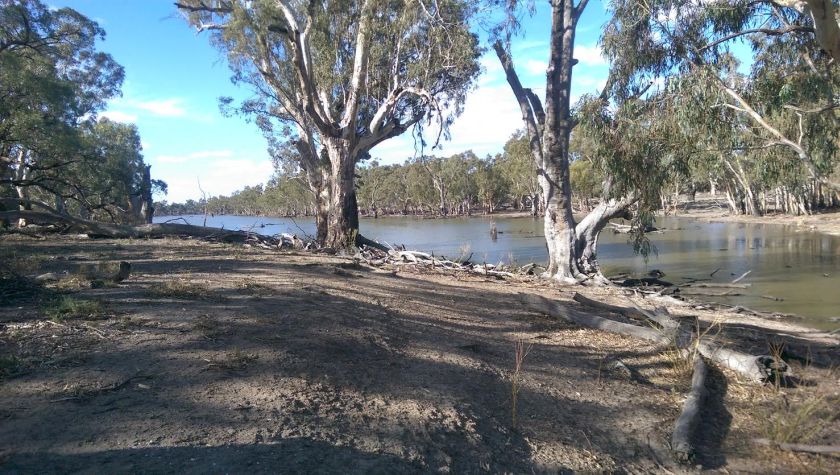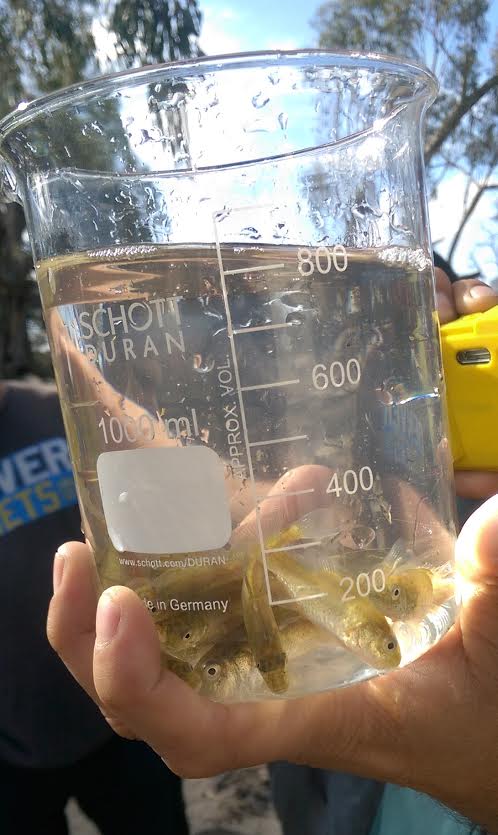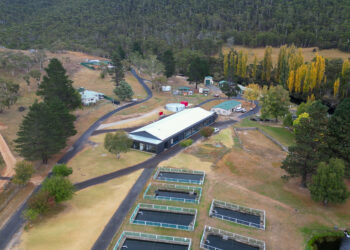
A UNIQUE project to restore the health of a wetland on the lower Murray River west of Wentworth in far western NSW is creating a nursery habitat for native fish.
The project is a collaboration between DPI Fisheries’ Aquatic Habitat Rehabilitation Unit, Local Land Services, DPI Water and Tar-Ru Aboriginal Lands (the land managers for the site), and aims to promote native fish recovery at Tar-Ru Wetland by screening the inlet creek during a wetland drying event.
“Through this project we were hoping to improve stakeholder knowledge and understanding of native requirements, aquatic habitat and water management,” said DPI Fisheries Manager Iain Ellis.

“Dry periods promote wetland productivity in naturally variable environments like the lower Murray River floodplain. Unfortunately adult carp are early colonisers of newly inundated wetlands and their feeding action can impact on plant and plankton emergence which reduces the suitability of the wetlands as native fish nurseries,” he said.
A DPI Water program of river level variation to improve environmental health in the lower Murray River itself facilitated the dry phase for this wetland. The Tar-Ru team then erected a temporary screen in the inlet creek to stop larger carp from entering when it was later replenished with water. This screen will still allow smaller native fish like Gudgeon, Smelt and Rainbowfish as well as juvenile Golden and Silver Perch, to enter during high river flows.
“Native fish can then utilise the ‘nursery habitat’ and achieve rapid growth in the productive wetland,” Ellis said.
DPI Fisheries have also stocked the wetland with young Golden Perch bred at Fisheries Narrandera hatchery, to increase the number of native fish in the nursery wetland. These fish are chemically marked, so will be able to be distinguished from naturally bred fish.
“With the bigger carp excluded from this wetland, we have already recorded improved water quality and aquatic plant germination following re-filling; which will support the growth of the juvenile native fish we stocked, as well as fish that enter the wetland naturally,” Ellis said.
Tar-Ru Wetland is managed by Tar-Ru Aboriginal Land Managers who will assist in maintaining the aquatic habitat health and ongoing environmental monitoring. After a period of growth in the wetland nursery, the screen will be removed to allow native fish to move into the river channel during subsequent filling or draining events.
















